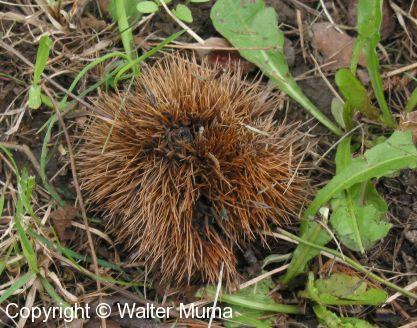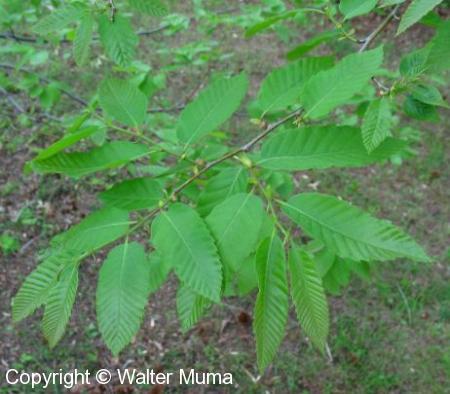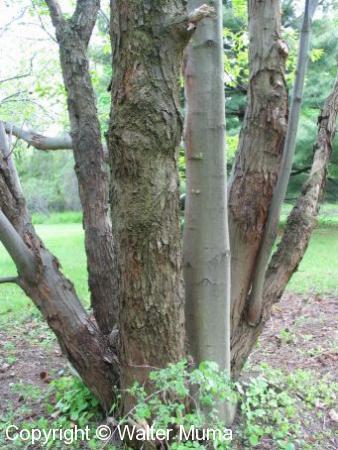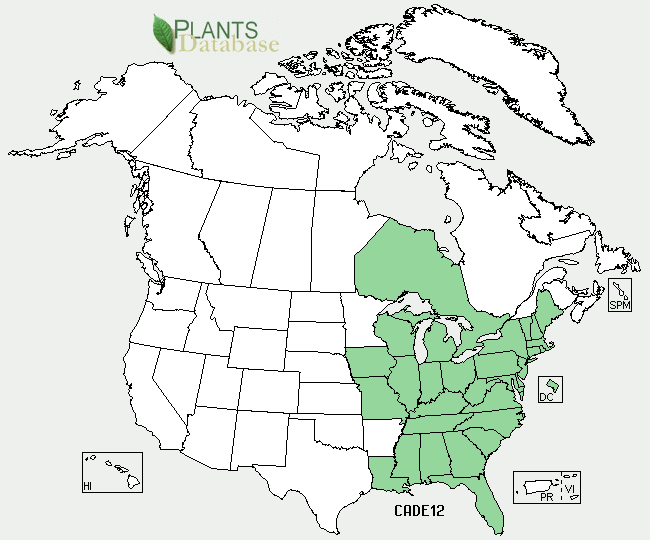Taxonomy: Kingdom - Plantae (plants). Subkingdom - Viridiplantae (Green plants). Superdivision - embryophyta. Division - Tracheophyta (Vascular plants). Class - Magnoliopsida (dicotyledons). Order - Fagales. Family - Fagaceae. Genus - Castanea Mill. Species - Castanea dentata (Marsh.) Borkh.
Habitat: American chestnut was once a widespread and dominant species throughout the deciduous forests of eastern North America. American chestnut had the fastest growth and highest abundance in Braun's oak-chestnut forest region, but the species inhabited nearly all States east of the Mississippi River. American chestnut grew straight and tall, reaching up to 1.5 m in diameter and 37 m in height, and the species could live for several hundred years. The introduction of exotic pathogens, primarily the chestnut blight fungus, led to the extirpation of the species as a forest canopy dominant throughout its native range.
The shade tolerance of American chestnut is still under debate. Early observations suggest that American chestnut is relatively intolerant to moderately tolerant of shade. Recent studies have classified American chestnut as either shade tolerant or intermediately shade tolerant... Paillet found that chestnut can survive in deep shade under the canopy for up to three decades and is more shade tolerant than co-occurring sub-canopy species. When growing in a light-limited environment, American chestnut increases its specific leaf area and develops canopy architecture that is optimal for harvesting light.
It was among the most versatile trees on the continent, historically used for construction lumber, shingles, fence posts and rails, poles, paneling, trim, furniture, and firewood...The flavorful nut it produces was enjoyed raw, roasted, or boiled by Native Americans and settlers, and it was an important food source for livestock and wildlife such as turkeys and squirrels...American chestnut was once the major source of tannins for leather production in the United States. With tannin content of 6 to 11 percent and numerous large logs available, American chestnut was an obvious choice for the tanning industry.



